How Modular Buildings Can Help You Build a Sustainable Creative Space
Discover how modular buildings create sustainable creative spaces, promoting eco-friendly construction, energy efficiency, and flexible design options.

Modular buildings offer a variety of sustainable advantages that can help you build a sustainable creative space. Here are some ways that modular buildings can help you build a sustainable creative space:
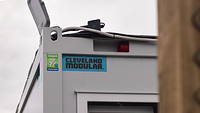
1. Green Building Materials
Many modular buildings are constructed using sustainable materials such as bamboo, recycled steel, and eco-friendly insulation. These materials have a lower environmental impact compared to traditional building materials and help reduce the carbon footprint of your creative space.
2. Energy-Efficient
Modular buildings can be energy-efficient, reducing your energy consumption and costs. Energy-efficient features such as high-performance windows, LED lighting, and efficient HVAC systems can be incorporated into your modular building to create a sustainable creative space.
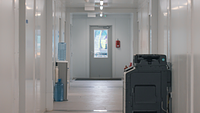
3. Reduced Waste
Modular buildings are constructed off-site in a controlled environment, reducing material waste and minimising environmental impact. The pre-fabricated components are manufactured with a high level of precision, which minimises construction waste and the need for rework.
4. Reusability
Modular buildings can be disassembled and moved, making them a sustainable choice for creative spaces that require mobility. When the creative space is no longer needed, the modular building can be disassembled and the materials can be reused or recycled, reducing waste and extending the life of the materials.
5. LEED Certification
Modular buildings can be tailored to meet the requirements of the Leadership in Energy and Environmental Design (LEED) certification, a globally recognised green building certification program. LEED certification evaluates a building's sustainability performance in areas such as energy efficiency, water use, and indoor environmental quality, making it an ideal choice for sustainable creative spaces.
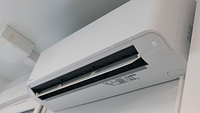
In conclusion, modular buildings offer numerous sustainable advantages that can help you build a sustainable creative space. By choosing sustainable materials, incorporating energy-efficient features, reducing waste, and considering LEED certification, you can create a sustainable creative space that supports your business goals while minimising your environmental impact.
You may also be interested in...
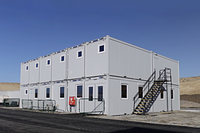
How to Choose the Right Modular Building for Your Specific Needs
Find your ideal modular building layout with our expert team's guidance. Offices, schools, healthcare facilities, and more.
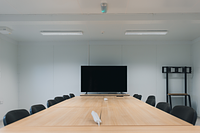
The Benefits of using Modular Buildings as Creative Workspaces
Modular buildings offer versatile and creative workspaces, promoting flexibility, cost-effectiveness, and quick setup for a productive and inspiring environment.

The Environmental Benefits of Modular Construction
Discover sustainable modular construction, using prefabricated modules manufactured off-site for eco-friendly building practices.
